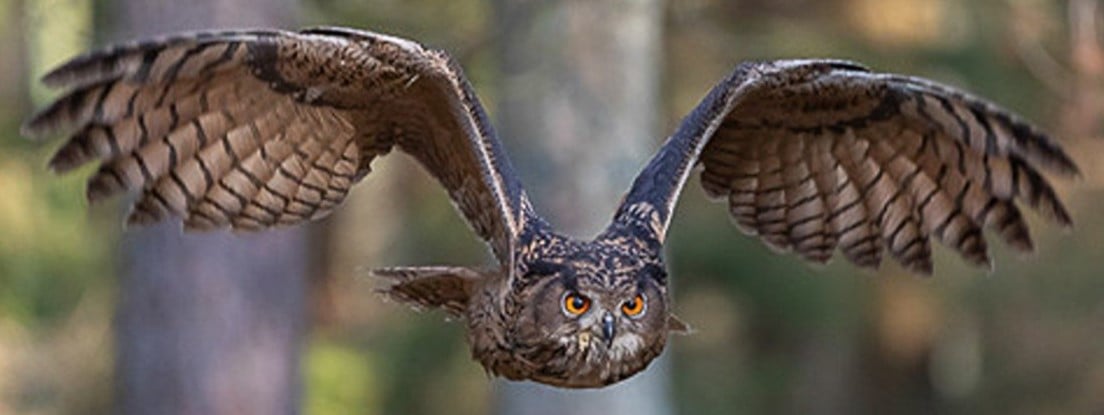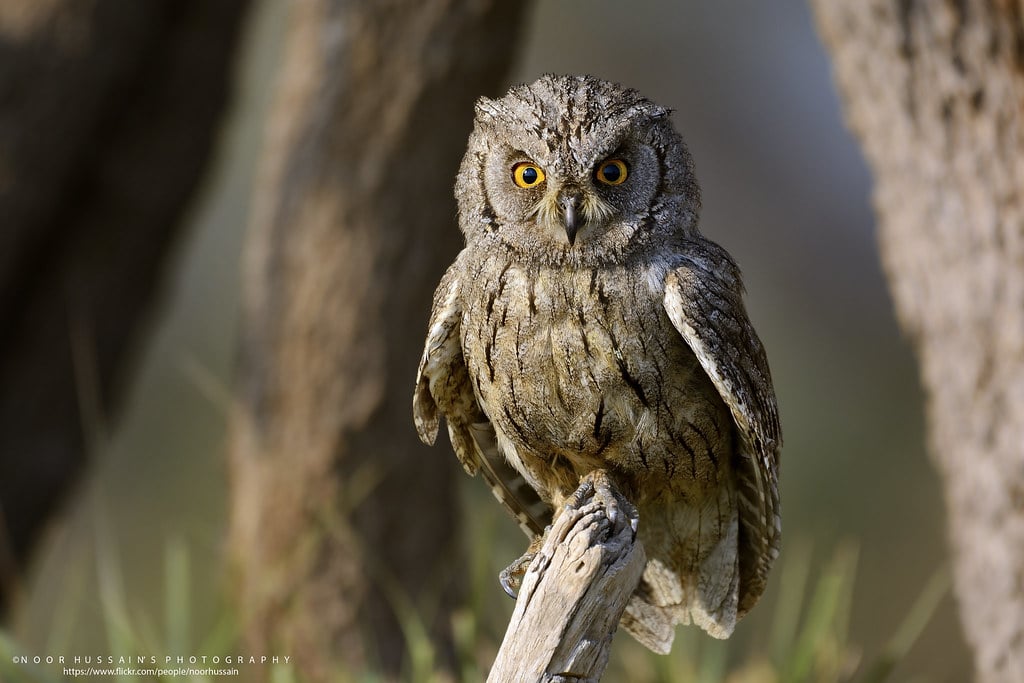I vote for die Streifen-Zwergohreule ;) (pallid scops owl). Looks otherworldly from this perspective. I like it.
Superbowl
For owls that are superb.

US Wild Animal Rescue Database: Animal Help Now
International Wildlife Rescues: RescueShelter.com
Australia Rescue Help: WIRES
Germany-Austria-Switzerland-Italy Wild Bird Rescue: wildvogelhilfe.org
If you find an injured owl:
Note your exact location so the owl can be released back where it came from. Contact a licensed wildlife rehabilitation specialist to get correct advice and immediate assistance.
Minimize stress for the owl. If you can catch it, toss a towel or sweater over it and get it in a cardboard box or pet carrier. It should have room to be comfortable but not so much it can panic and injure itself. If you can’t catch it, keep people and animals away until help can come.
Do not give food or water! If you feed them the wrong thing or give them water improperly, you can accidentally kill them. It can also cause problems if they require anesthesia once help arrives, complicating procedures and costing valuable time.
If it is a baby owl, and it looks safe and uninjured, leave it be. Time on the ground is part of their growing up. They can fly to some extent and climb trees. If animals or people are nearby, put it up on a branch so it’s safe. If it’s injured, follow the above advice.
For more detailed help, see the OwlPages Rescue page.

From Noor Hussain
Pallid scops owl or striated scops owl
Owing to its small body size, the pallid scops-owl mainly feeds upon insects, such as beetles, moths, locusts and mole crickets. Nevertheless, it is also capable of taking small mammals, such as rodents, shrews and bats, along with small birds and lizards. This species typically hunts from a perch, swooping down to pluck prey from branches or the ground, but may also catch aerial prey on the wing. While the pallid scops-owl is predominantly a nocturnal hunter, it has also been observed foraging in the morning and afternoon.
The pallid scops-owl’s breeding season begins in March, with egg-laying taking place between April and May in most parts of its range. This species is highly vocal during the breeding season, producing loud calls that aid the forming of breeding pairs and advertise the male’s territory. Nests are usually constructed in a hollow tree, old woodpecker hole, or a cavity in a bank, wall, cliff or building, although in some localities unoccupied magpie nests are used. Four to six eggs are laid, and are incubated for 26 to 28 days, with fledging occurring around one month later.
Photo taken in Pakistan
Streifen-Zwergohreule
"Striped Dwarf Eared Owl" is much cuter for a name. Pallid makes it sound sickly. 🥺


